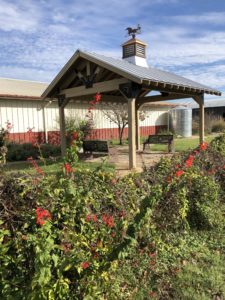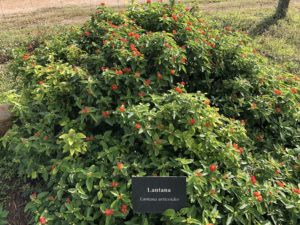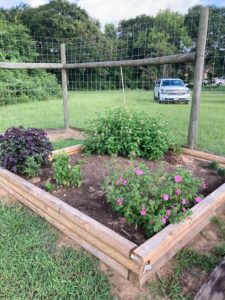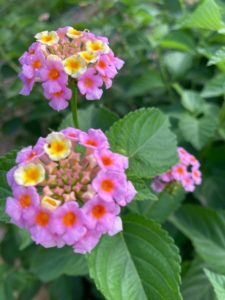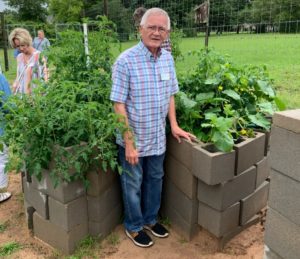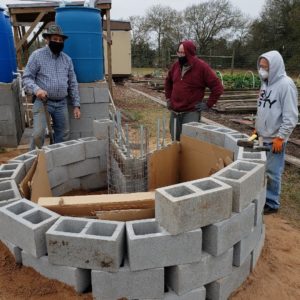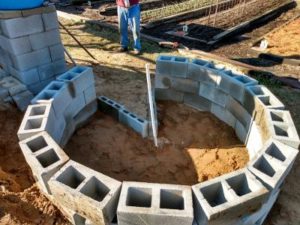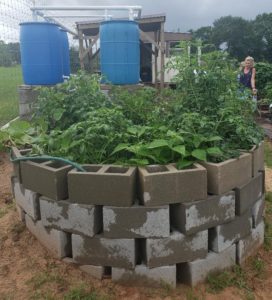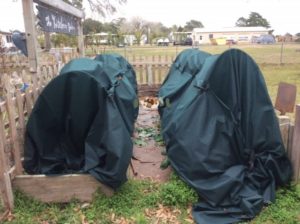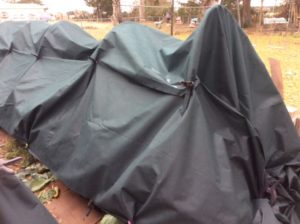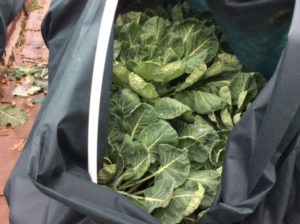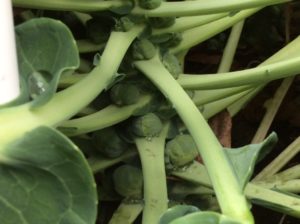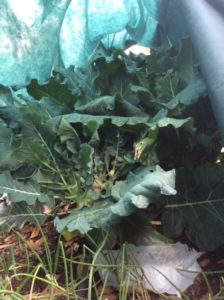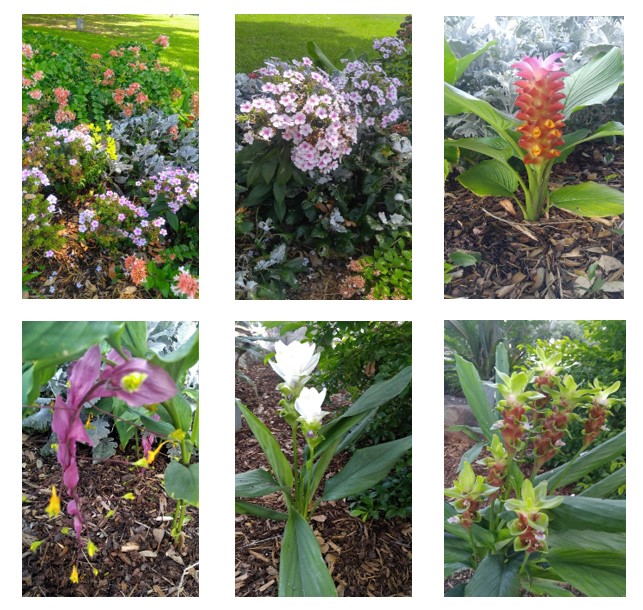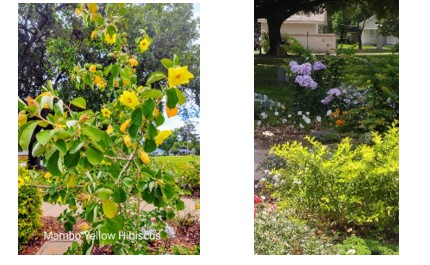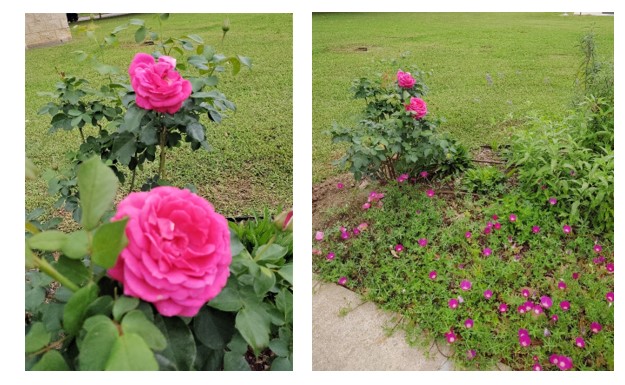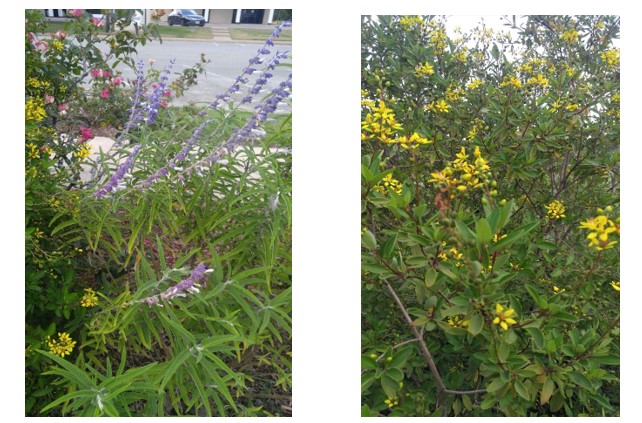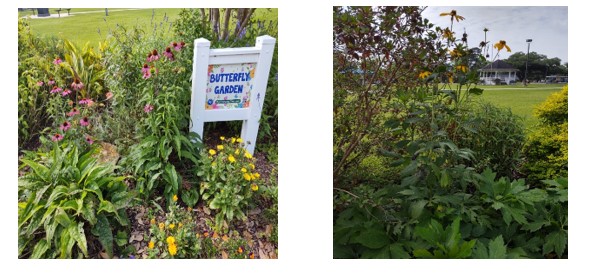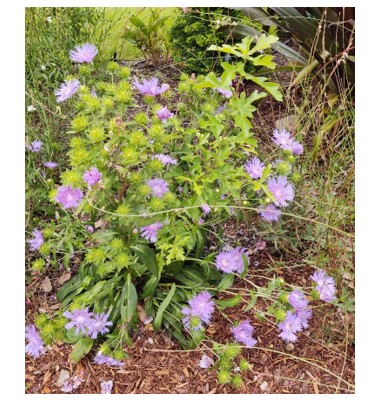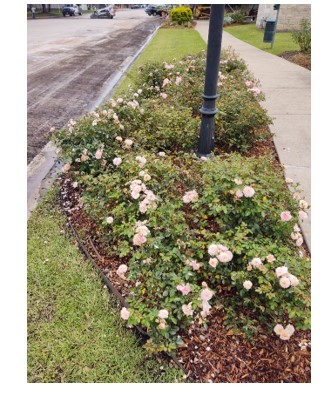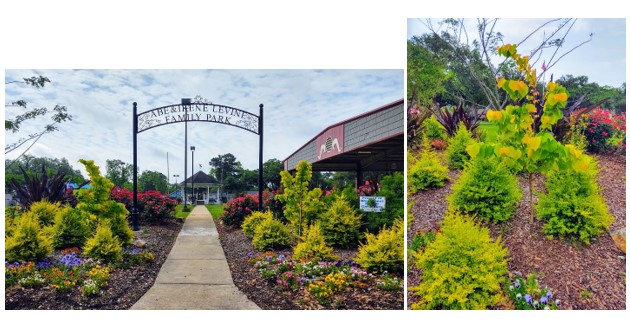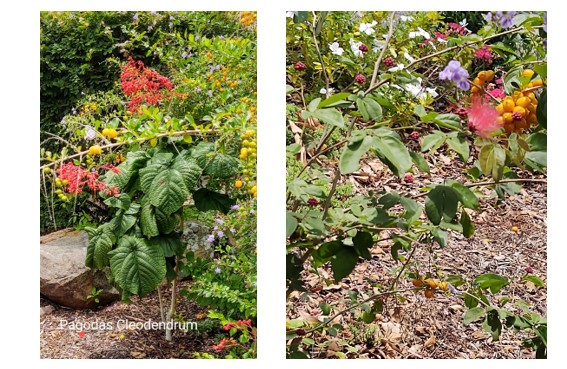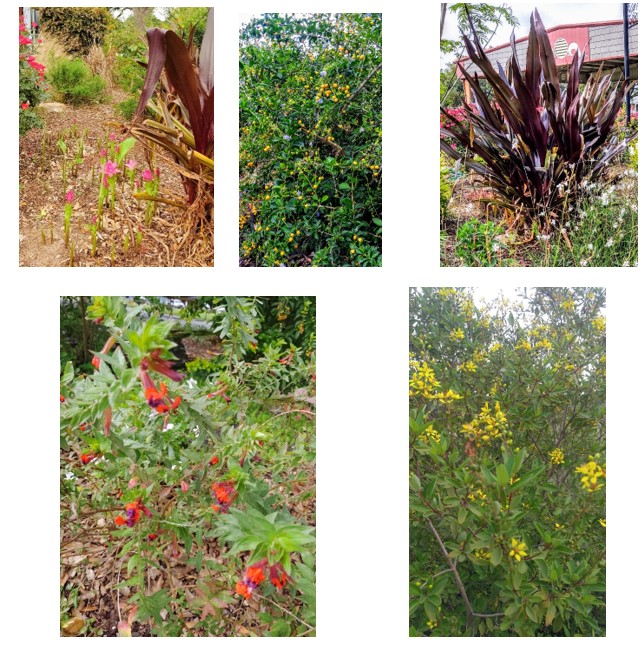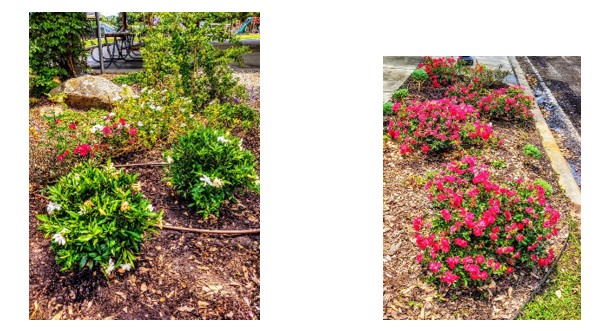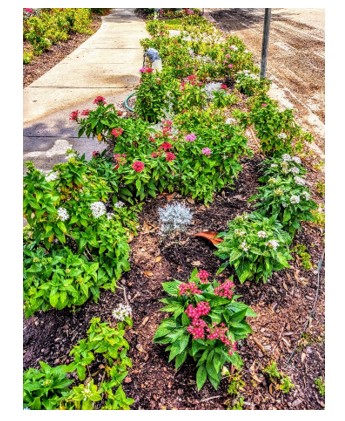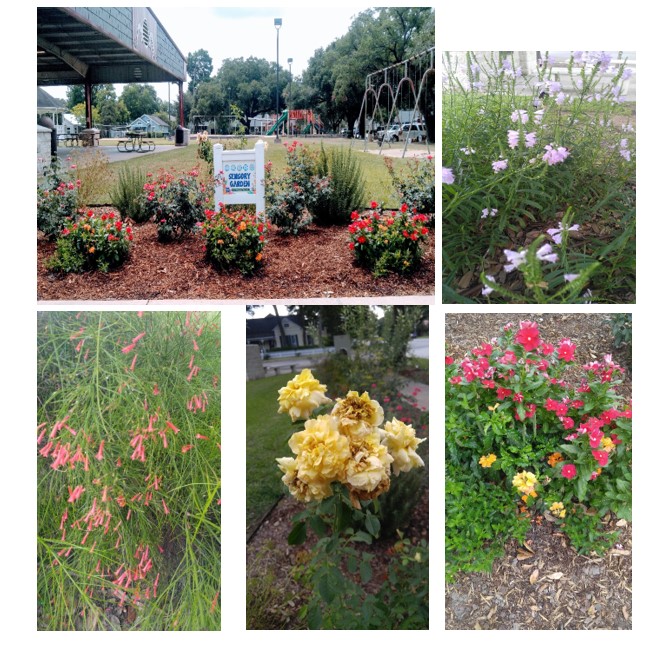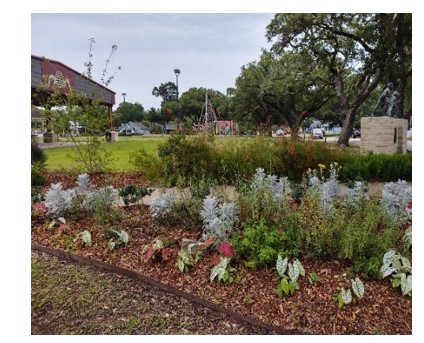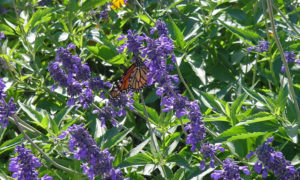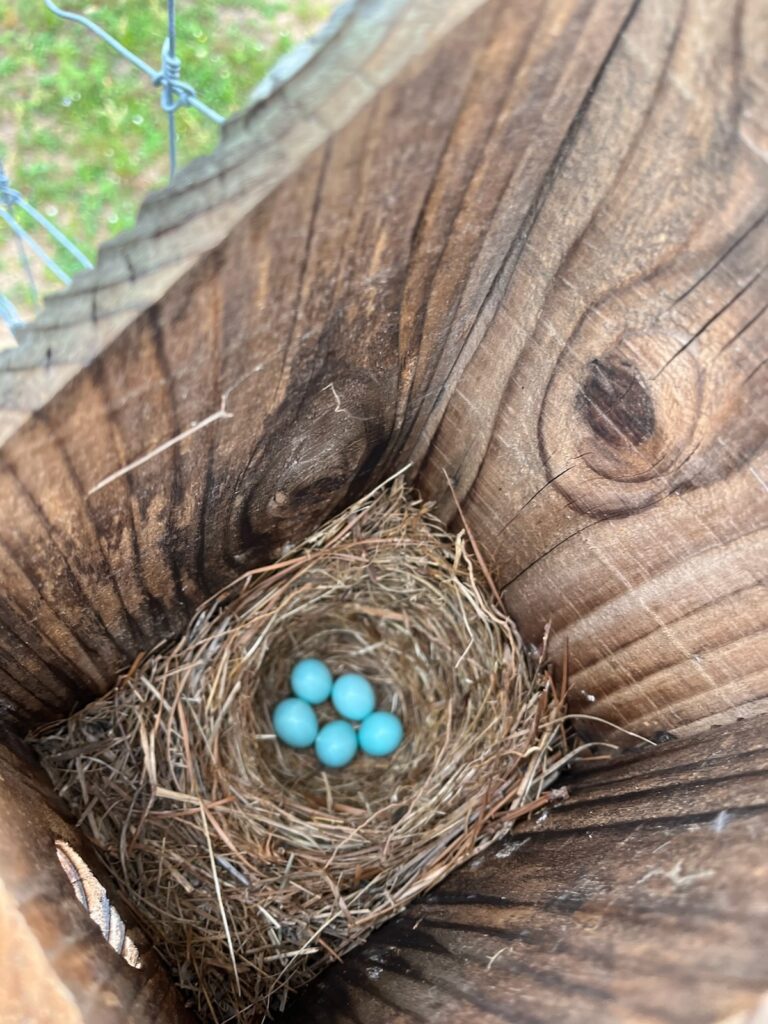
Bluebird eggs are a welcome herald of Spring at the Bluebonnet Master Gardener Association’s Sens Center Demonstration Garden. Five lovely bluebird eggs are in a nest box attached at the top of an 8′ tall chain-link fence which encloses the garden. The nest box faces west toward an open area with woods approximately 100′ away. The Sens Center Demonstration Garden is located in Bellville, Texas behind the Sens Community Center.
There are several species of bluebirds found in Texas, including the Eastern Bluebird, Western Bluebird, and Mountain Bluebird. Eastern Bluebirds are the most common throughout the eastern and central parts of the state, while Western Bluebirds and Mountain Bluebirds are less common and typically found in the western and northern parts of the state. Bluebirds in Texas prefer open areas with scattered trees and may be found in fields, pastures, and orchards. They primarily feed on insects and berries and can often be spotted perched on fences, power lines, or other elevated perches. Bluebirds are a beautiful and welcome sight in Texas and are often attracted to birdhouses placed in suitable habitats.
Bluebird nest boxes are encouraged by Texas Parks & Wildlife Department (TPWD) as the boxes provide important habitat for bluebirds and other cavity-nesting birds. In many areas of Texas, natural cavities suitable for nesting are in short supply, so nest boxes can be a vital resource for bluebirds.
The photo was taken by certified Master Gardener and BMGA member Leah Pearce, on Wednesday, April 5, 2023.
